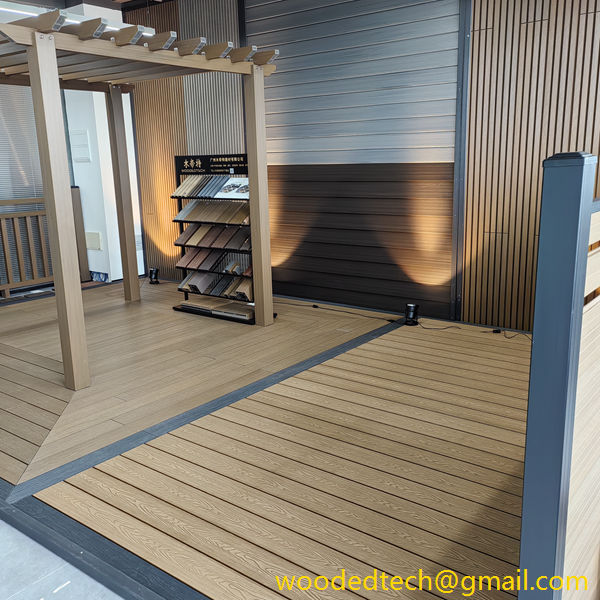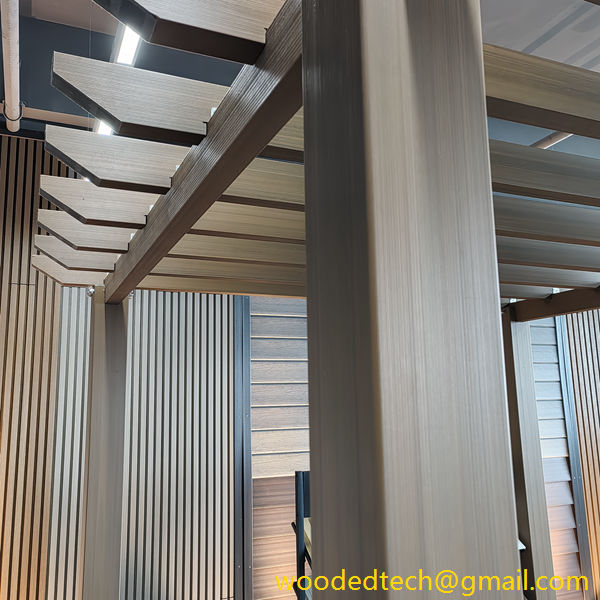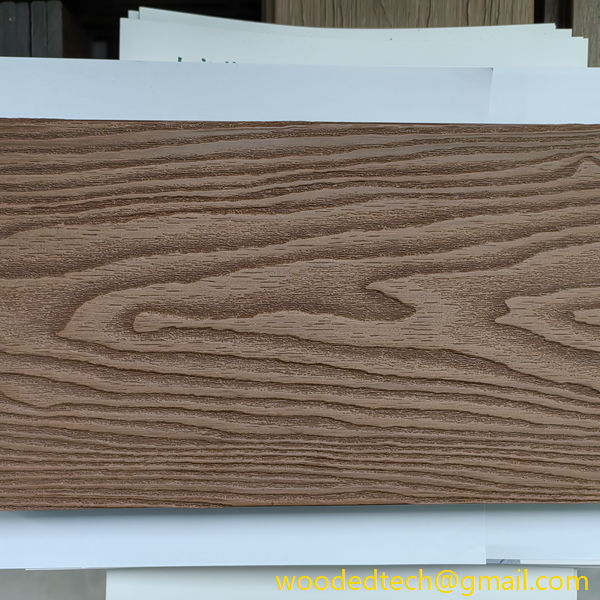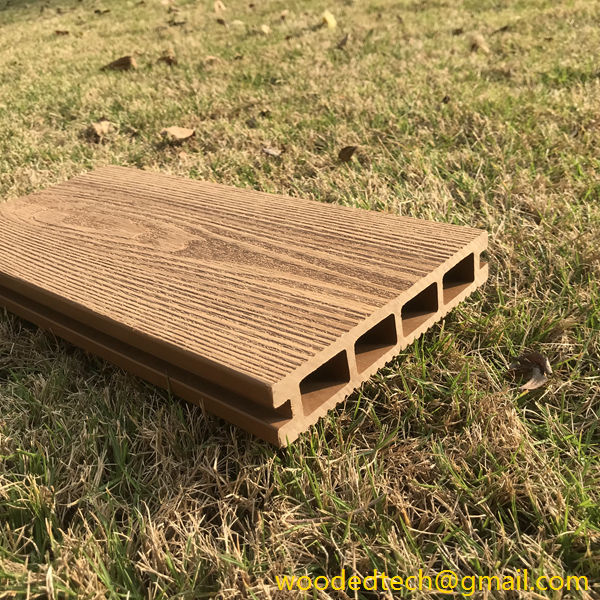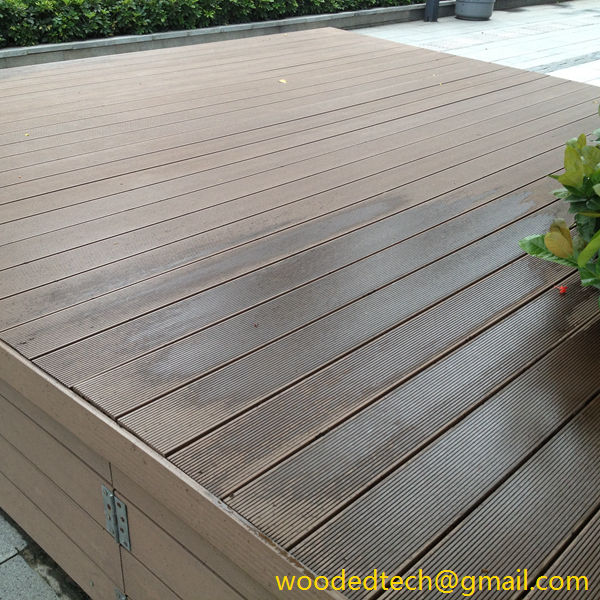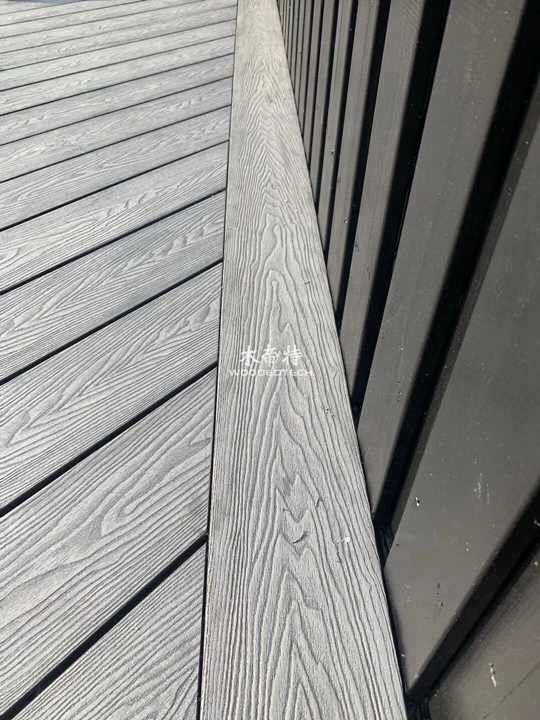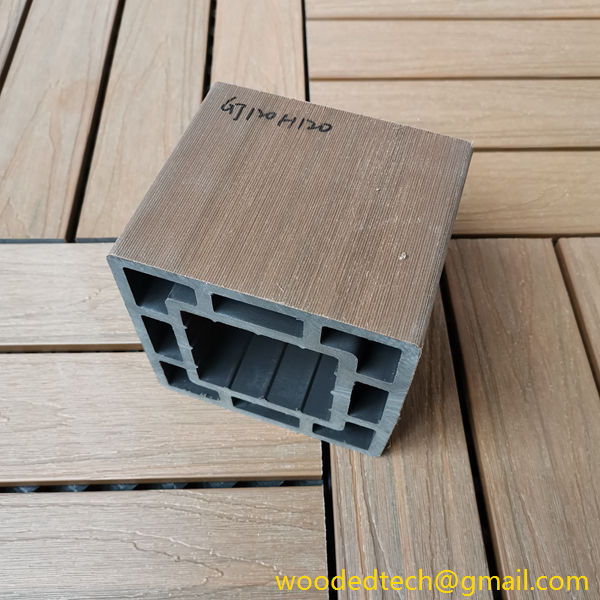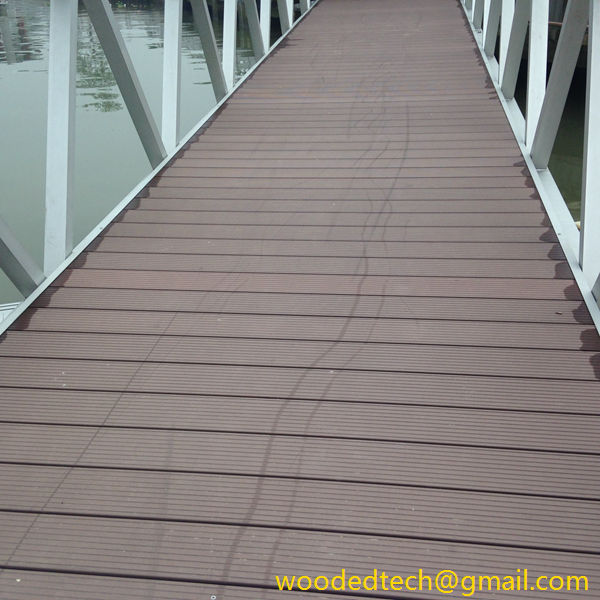Calculate Your Budget with WPC Panel Cost Estimates for Your Project
Calculate Your Budget with WPC Panel Cost Estimates for Your Project When embarking on a project that involves the installation or use of WPC (Wood Plastic Composite) panels, a critical aspect to consider is budgeting. WPC panels have gained immense popularity in recent years due to their durability, aesthetic appeal, and versatility in various applications…
Calculate Your Budget with WPC Panel Cost Estimates for Your Project
When embarking on a project that involves the installation or use of WPC (Wood Plastic Composite) panels, a critical aspect to consider is budgeting. WPC panels have gained immense popularity in recent years due to their durability, aesthetic appeal, and versatility in various applications ranging from decking to wall cladding. However, like any construction or renovation endeavor, understanding the costs involved is essential for effective financial planning. This article aims to provide a comprehensive guide to calculating your budget with WPC panel cost estimates for your project.
The first step in calculating your budget is to understand what WPC panels are and what factors influence their cost. WPC panels are composite materials made from a combination of wood fibers and plastic. This unique blend offers the natural look of wood while providing the added benefits of plastic, such as resistance to moisture, insects, and decay. The cost of WPC panels can vary based on several factors, including the quality of the materials, the manufacturing process, and the brand.
One of the primary factors that influence the cost of WPC panels is the quality of the materials used in their production. Higher-quality WPC panels are typically made from a greater proportion of wood fibers, which can provide a more authentic appearance and better performance. Conversely, lower-quality panels may contain a higher percentage of plastic, which can affect their durability and aesthetic appeal. When budgeting for your project, it is essential to consider the long-term implications of choosing lower-cost options, as they may require more frequent replacements or maintenance.
Another factor to consider is the manufacturing process. Different manufacturers may use varying production techniques, which can impact the overall cost of the panels. For example, panels produced using advanced technology may be more expensive due to the higher production costs associated with innovative manufacturing methods. It is advisable to research various manufacturers and obtain quotes to understand the price range for the specific type of WPC panels you wish to use.
Brand reputation also plays a significant role in determining the cost of WPC panels. Well-established brands that have a track record of quality and durability may charge a premium for their products. While it may be tempting to opt for cheaper alternatives from lesser-known brands, it is crucial to evaluate the potential risks of doing so. Investing in reputable brands can often lead to better long-term performance and satisfaction, reducing the need for costly repairs or replacements down the line.
In addition to the cost of the panels themselves, it is essential to factor in the expenses associated with installation. Installation costs can vary based on the complexity of the project and the rates charged by contractors in your area. If you are considering a DIY approach, you may save on labor costs, but it is still important to understand the tools and materials you will need to complete the project successfully.
To create a comprehensive budget, consider the following steps:
1. Determine the total area you will be covering with WPC panels. Measure the dimensions of the space where the panels will be installed, taking into account any cuts or waste that may occur during the installation process.
2. Research the average cost per square foot for WPC panels in your area. This information can often be found on manufacturer websites, local home improvement stores, or through online marketplaces.
3. Multiply the total area by the average cost per square foot to get an estimate of the total cost for the panels. Be sure to add a percentage to account for waste, typically around 10 to 15 percent, to ensure you have enough material for the installation.
4. Obtain quotes from contractors if you plan to hire professionals for the installation. Compare the quotes to determine the average labor cost in your area. This step is crucial, as installation costs can vary significantly based on location and contractor experience.
5. Include any additional expenses in your budget, such as tools, fasteners, adhesives, or finishing materials that may be required for the installation. If you are planning to stain or seal the panels, factor in those costs as well.
Once you have compiled all these elements, you can create a detailed budget for your WPC panel project. This budget will not only help you understand the overall financial commitment but also allow you to make informed decisions about material selection and installation methods.
In conclusion, calculating your budget for a project involving WPC panels requires careful consideration of multiple factors, including material quality, manufacturing processes, brand reputation, installation costs, and additional expenses. By taking the time to research and gather estimates, you can create a realistic budget that ensures your project is completed within your financial means. Ultimately, investing in high-quality WPC panels and professional installation can lead to a successful project that enhances the beauty and functionality of your space while providing long-lasting value.

